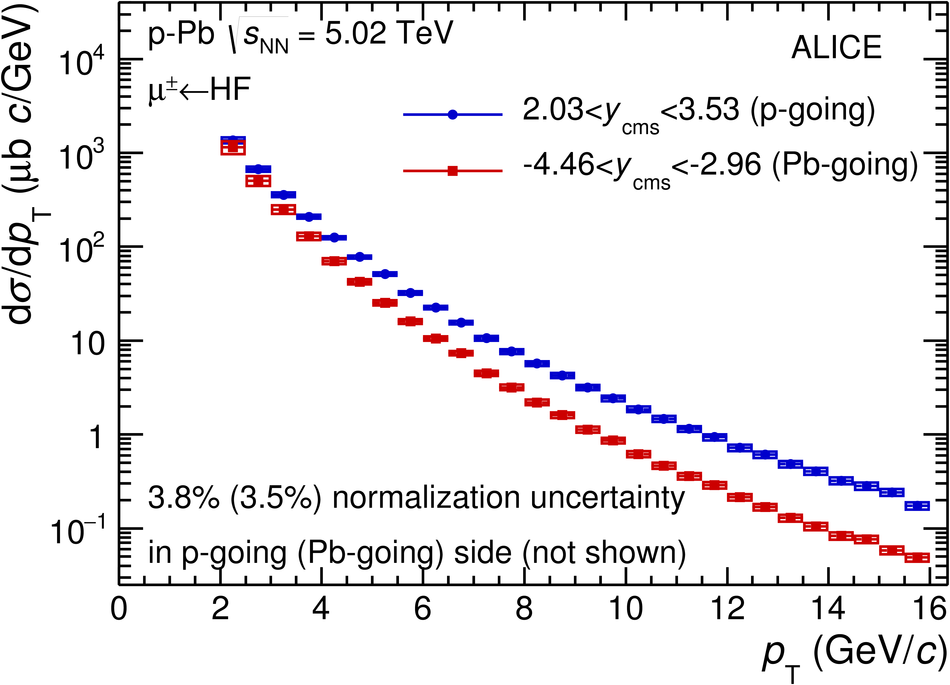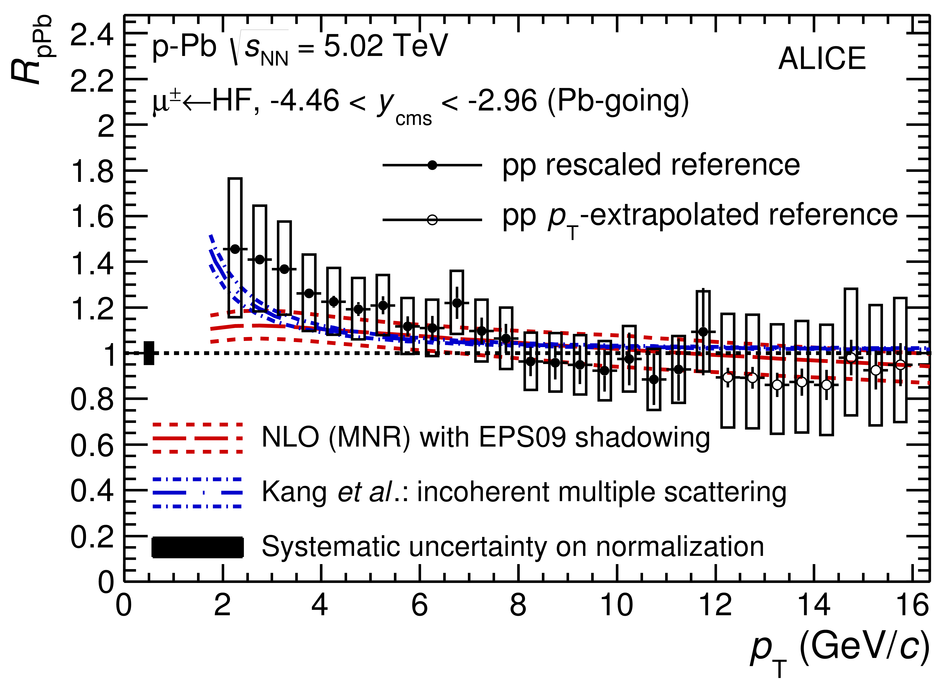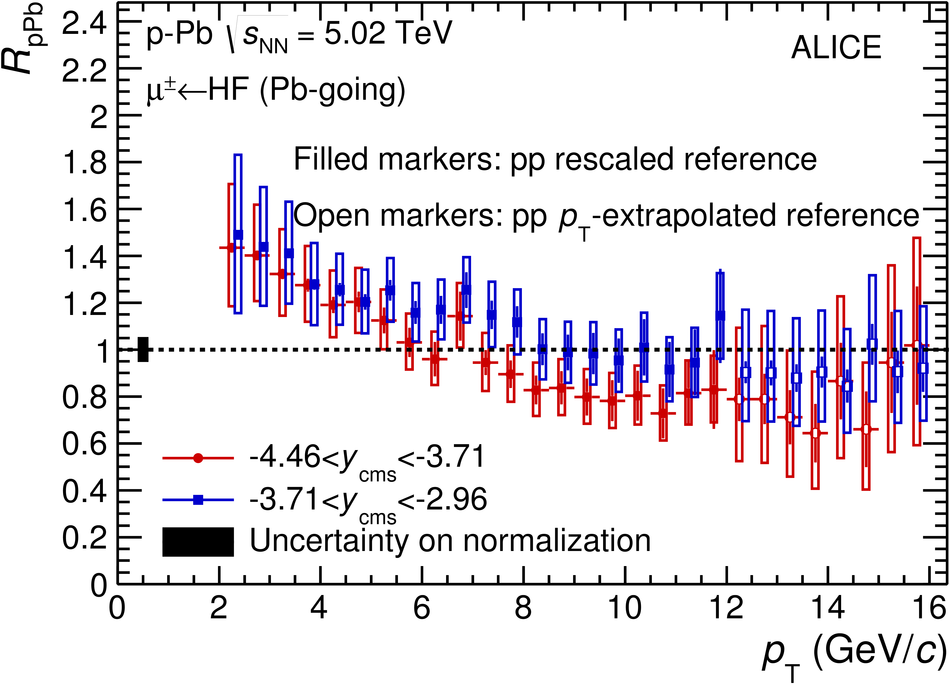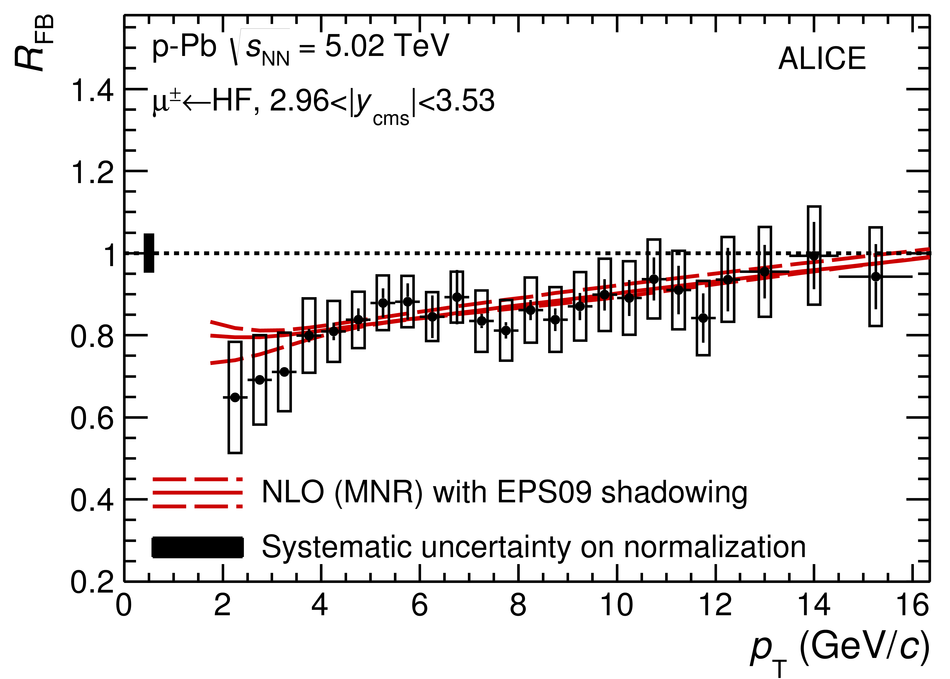The production of muons from heavy-flavour hadron decays in p-Pb collisions at $\sqrt{{\textit s}_{\rm NN}}=5.02$ TeV was studied for $2 <~ p_{\rm T} <~ 16$ GeV/$c$ with the ALICE detector at the CERN LHC. The measurement was performed at forward (p-going direction) and backward (Pb-going direction) rapidity, in the ranges of rapidity in the center-of-mass system (cms) $2.03<~y_{\rm cms}<~3.53$ and $-4.46<~y_{\rm cms}<~-2.96$, respectively. The production cross sections and nuclear modification factors are presented as a function of transverse momentum ($p_{\rm T}$). At forward rapidity, the nuclear modification factor is compatible with unity while at backward rapidity, in the interval $2.5<~p_{\rm T}<~3.5$ GeV/$c$, it is above unity by more than 2$\sigma$. The ratio of the forward-to-backward production cross sections is also measured in the overlapping interval $2.96 <~ \vert y_{\rm cms} \vert <~ 3.53$ and is smaller than unity by 3.7$\sigma$ in $2.5<~p_{\rm T}<~3.5$ GeV/$c$. The data are described by model calculations including cold nuclear matter effects.
Phys. Lett. B 770 (2017) 459-472
HEP Data
e-Print: arXiv:1702.01479 | PDF | inSPIRE
CERN-EP-2017-022






